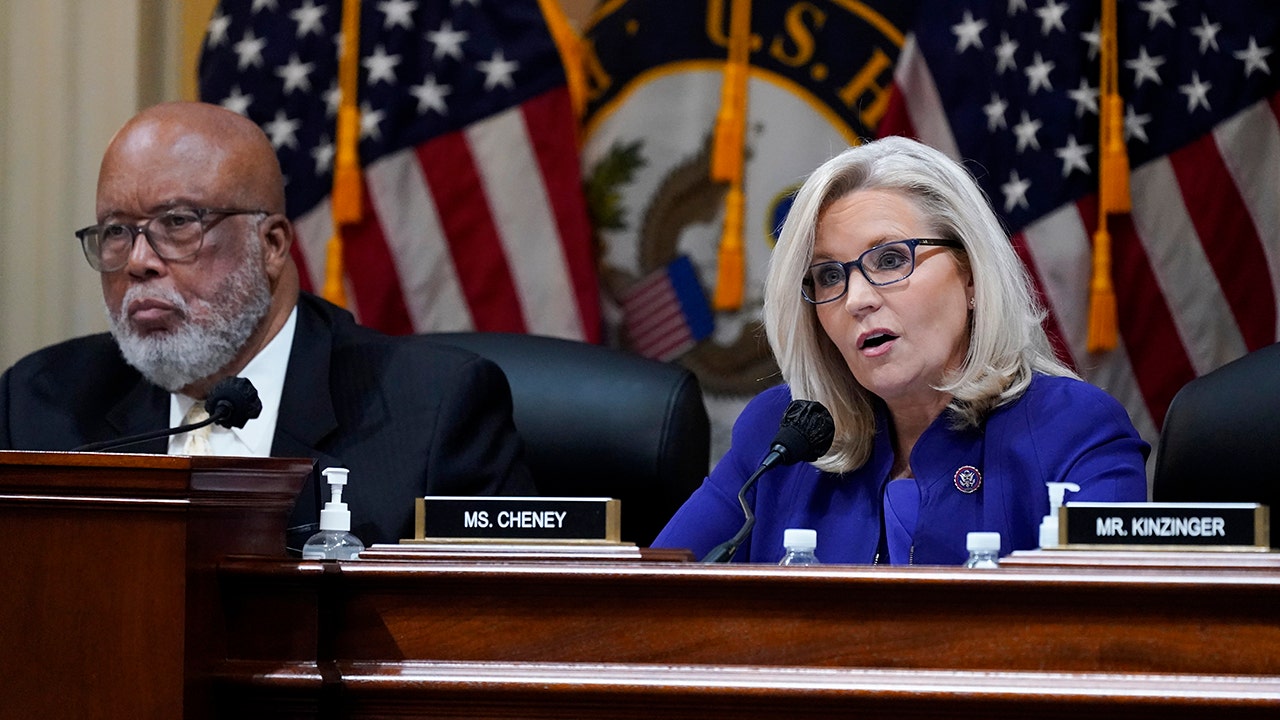The Federal Reserve’s preferred measure of underlying inflation posted its biggest monthly gain since April — bolstering the case for slower rate cuts less than a week ahead of the central bank’s meeting to decide its next moves.
The core personal consumption expenditures price index (PCE), which excludes volatile food and energy prices, rose 2.7% in September versus a year earlier.
That was ahead of economists’ forecast for a 2.6% increase and up 0.3% from August, representing a larger monthly gain than the month before.
The PCE showed that the overall rate at which prices rose for goods and services last month was 2.1% — the lowest since early 2021, matching economists’ estimates of 2.1% year-over-year.
The numbers are the latest in a string of surprisingly strong economic data that could lead the Fed to take a more cautious approach to rate cuts after slashing its key lending rate by half a percentage point last month.
“The year-over-year core PCE print indicated a 2.7% increase suggesting that the Fed is still on a bumpy course in this last mile to quell inflation and declare victory,” Quincy Krosby, Chief Global Strategist for LPL Financial, said in a statement.
The Fed, led by Chairman Jerome Powell, will need to adopt a gradual approach to lower ratings on the back of resilient consumer spending, higher wages from a series of successful strikes and a solid labor market, Krosby said.
“Moreover, there’s a nearly palpable narrative taking hold that the election – rather than offering the market a sense of certainty – will do just the opposite, causing volatility to spike significantly higher,” Krosby said.
The September inflation numbers showed continued price pressures.
Services prices excluding housing and energy accelerated to 0.3%.
Goods prices excluding food and energy were up 0.1%.
Food prices rose 0.4%, the most since early this year.
The Dow Jones Industrial Average was off 174 points at 41,967 in early Thursday trading.
Treasury yields and the dollar also were lower following the release.
The central bank is widely expected to cut rates again at the conclusion of its Nov. 6-7 policy meeting, with most economists expecting a smaller, quarter-point cut.
“Yes, prices are high, but the trend has changed – incomes are outpacing price increases again, and over time that will make the cost of living less stressful for household budgets,” Bill Adams, chief economist for Comerica Bank, said in a statement.
Income and spending outlooks for October are probably murky from the impact of the hurricanes and a massive dockworkers’ strike along the East Coast ports, Adams said.
“The Fed will likely put less credence in October’s economic data given the clear reasons to expect temporary distortions,” Adams said. “As such they will likely cut the federal funds rate a quarter percent at the post-election decision next week and look to December’s data to start getting a clearer picture of how the economy is performing after the hurricanes.”
The Federal Reserve slashed interest rates in September by an outsize half-point cut on easing inflation. Monthly inflation of roughly 0.17% would be consistent with the Fed’s goal of an annual 2% rate.
The Fed is also hoping to see low unemployment rates ahead of any future interest rate cuts.
The Bureau of Labor Statistics is due to release the October jobs report on Friday.
Expectations for October’s payrolls number are already relatively low.
Destructive hurricanes that wreaked havoc across the Southeastern states — and left Americans jobless — could further dampen these results.
A poor report could discount the Fed’s success with interest rate cuts and dispel the economy’s so-called soft landing, which is a slowdown in growth without enflaming a recession.
Odds of a less aggressive quarter-point interest rate cut at the central bank’s November meeting stand at 94%, as per the CME Group’s FedWatch Tool.
Meanwhile, consumer sentiment rose for the third month in a row to its highest reading since April, according to the University of Michigan’s Survey of Consumers.
Modest improvements in buying consumer goods thanks to easing interest rates improved consumer outlook, the survey said.
But the upcoming presidential election looms large over consumer expectations, said University of Michigan economist Joanne Hsu, director of the surveys.
“All year, consumers have repeatedly told us that the trajectory of the economy hinges on who becomes the next president,” Hsu said in a statement. “Given the close nature of the presidential race, many consumers will be updating their expectations of the economy after the election is resolved, and sentiment may be somewhat unstable in the months ahead as consumers form their views on what the next presidency will look like.”















